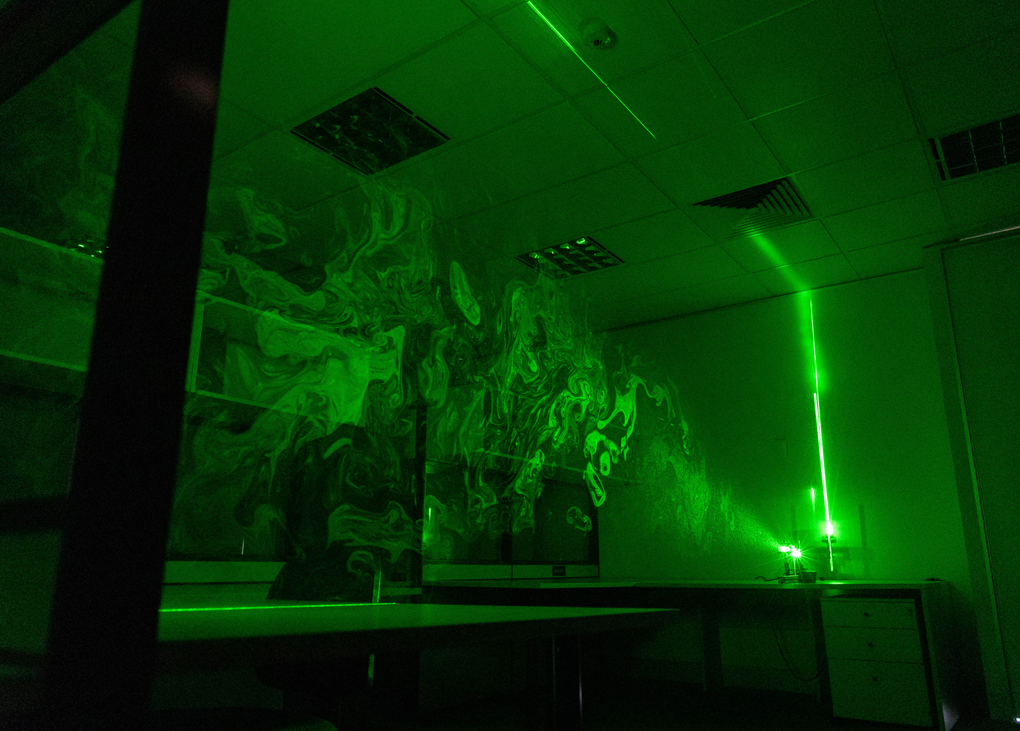A recent City of Melbourne research project has found that simple changes to ventilation systems can significantly decrease the transmission of COVID-19 and reduce energy consumption in office buildings.
The City of Melbourne BREATH pilot tested and evaluated three different ventilation systems in a vacant CBD building over three months: displacement ventilation air conditioning, in-ceiling air filters, and natural airflow through open windows.
According to the City of Melbourne, the study is the first of its kind and aims to support the accelerated return of up to 400,000 CBD office workers.
The project found that all three ventilation systems reduced the potential transmission of airborne viruses when compared to standard ceiling-based air conditioning. However, displacement ventilation air conditioning proved the most effective and energy-efficient system of those tested. It reduced COVID-19 transmission by 83 per cent and energy consumption by 20 per cent.
The study notes that displacement ventilation is the most expensive to install, but there are no additional ongoing maintenance costs.
In-ceiling air filters reduced virus transmission by 49 per cent, but resulted in a minor increase in energy consumption. Opening windows reduced virus transmission by 53 per cent, but increased energy use by up to 20 per cent with seasonal temperature variations. Additionally, the study deemed opening windows an unviable solution, as it is not available to all office buildings and not always compatible with Melbourne’s climate.
According to Acting Lord Mayor Nicholas Reece, bringing people back to the city safely remains a key priority for the City of Melbourne, and was a main driver behind the pilot study.
“This industry-leading research has identified simple but effective changes that can be implemented in office buildings to help workers feel safe, comfortable and protected,” says Reece.
“The research findings are publicly available online and free for any organisation to access. We encourage building owners, tenants and partners to take them on board, and to help us create more healthy and sustainable workspaces in the CBD.”
University of Melbourne Professor of Fluid Mechanics and Head of Mechanical Engineering Jason Monty says that the majority of city energy cost goes to ventilation of buildings, and that the outcomes from BREATH will help the city reach net zero carbon faster.
“BREATH is a world-first collaboration between local government, industry and academics, which has given us the knowledge to predict the best type of retrofit to simultaneously reduce carbon footprint and infectious disease transmission,” says Monty.
For Cbus Property, the study provided an opportunity to utilise a building already earmarked for redevelopment – 423 Bourke Street – and to explore ways to improve tenants’ workplace experience with increased levels of indoor fresh air.
“One of the key challenges with enhancing indoor air quality, and mitigating potential transmission of airborne viruses such as COVID-19, is to balance that with energy performance of our buildings,” says Cbus Property’s Chief Executive Officer Adrian Pozzo.
“As Australia’s highest environmentally performing sustainable office portfolio in the NABERS Sustainable Portfolios index for the past three years, we are particularly interested in trying to overcome this challenge, which is why we have partnered with the City of Melbourne and the University of Melbourne to pilot these technologies.”
The BREATH project was led by City of Melbourne and delivered in partnership with Cbus Property, University of Melbourne, A.G. Coombs, Seed Engineering and Westaflex, with peer review by Aurecon.
For more information about the BREATH project and findings, see here.
Image courtesy of Andrew Bott Photography.



Leave a Reply